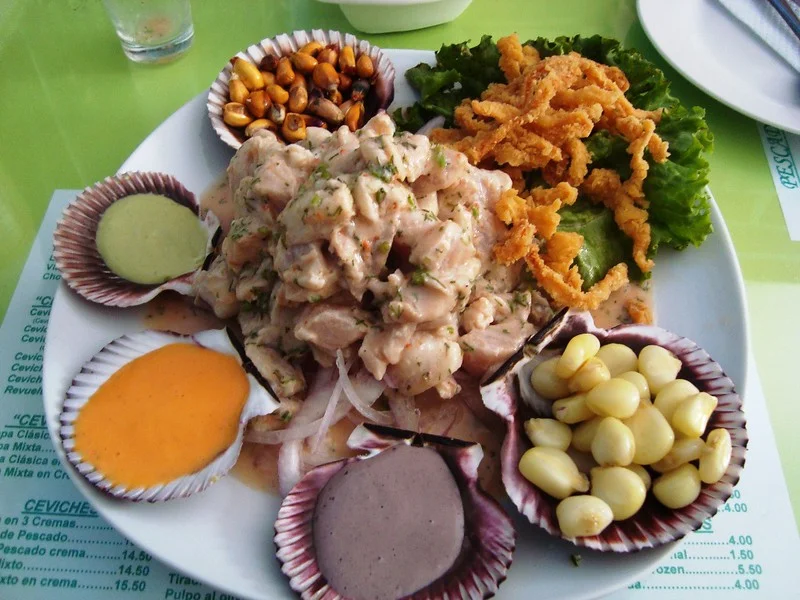
The Influence of Culture on Peruvian Food | Travel Blog
The culture of Peruvian food is an embodiment of cultural diversity that exists within the country. Every dish has its story of migration, tradition and fusion. In each region between the coast and the Andes, there are specific flavors.
The contemporary Peruvian cuisine is a fusion of indigenous traditions, which is intertwined with Spanish, African, Chinese and Japanese tastes. This ethnic heritage can be observed both in the snacks coming out of the streets and the high cuisine. The local ingredients and the old methods of cooking remain as a way of doing the daily cooking.
Table of content
- Indigenous Traditions: The Foundation of Peruvian Cuisine
- Agricultural Innovations
- Sacred Foods and Traditions
- Culinary Techniques - Spanish Colonial Impact on Ingredients and Techniques
- Introduction of Livestock
- Colonial Culinary Fusion
- Preservation Techniques - African and Asian Contributions to Peruvian Flavors
- Resourceful Cooking
- Culinary Resilience
- Celebration of Culture - Asian Fusion: A Unique Blend
- The Chifa Phenomenon
- Nikkei Cuisine: A Japanese Influence
- A Global Culinary Hub - The Best of Peruvian Street Food
- Exploring the Streets
- Iconic Street Eats
- A Culinary Adventure - Vegetarian Delights
- Plant-Based Tradition
- Diverse Flavors
- Innovation in Vegetarian Cuisine - Peruvian Desserts: A Sweet Finale
- Traditional Sweets
- Celebratory Treats
- A Taste of Tradition - Exploring Peruvian Cuisine: Practical Tips
- Finding the Best Meals
- Understanding Cultural Nuances
- Sourcing Ingredients - Taste the History: How Culture Shapes Every Peruvian Dish
Some of the examples of cultural fusion on the plate include ceviche, lomo saltado, anticucho, and so on. These dishes infuse indigenous and non indigenous ingredients in a unique manner. Their tastes testify to centuries of trade and assimilation.
One should first of all know the roots of Peruvian food in order to really enjoy it. Native ingredients such as potatoes, corn and quinoa have been used by people of Peru since thousands of years ago. This food formed the main staples of the early diet of the people of Peru and continues to be part of numerous traditional Peruvian meals. As a so-called super food, Quinoa is cultivated in the Andes and has been serving healthy foundations to numerous meals more than 5,000 years ago.

Indigenous Traditions: The Foundation of Peruvian Cuisine
Agricultural Innovations
Peru presented a special setting with a wide array of its terrain, which included the coastal plains, Andean highlands, and the Amazon rainforest, which had a varied agricultural setting. Native farmers invented new ways of terracing and irrigating the fields in order to cultivate the land in harsh terrain. Such farming intelligence made it possible to grow a variety of produce that became the breeding ground to the great Peruvian culinary culture. Peru, well known for the lost city of Machu Picchu, holds a cultural treasure that is also represented in its extensive cuisine.
Sacred Foods and Traditions
Ancient Peruvian food was no exception to spiritual and cultural activities. Potatoes, corn and quinoa were not only food, but also possessed ceremonial significance. Harvest and preparation of these sacred foods typically entailed festivals and rituals due to the amount of reverence and attachment the indigenous people felt towards the land.
Culinary Techniques
The ingenuity of the ancient Peruvians is reflected in their traditional techniques of cooking like the pachamanca which is an earth oven technique. This process is characterized by cooking slowly in the ground of the heated stones using meat, potatoes, among other things. It is an example of the unity of nature and food, which still remains the rule of Peruvian contemporary cooking.
Spanish Colonial Impact on Ingredients and Techniques
The ingenuity of the ancient Peruvians is reflected in their traditional techniques of cooking like the pachamanca which is an earth oven technique. This process is characterized by cooking slowly in the ground of the heated stones using meat, potatoes, among other things. It is an example of the unity of nature and food, which still remains the rule of Peruvian contemporary cooking.
Introduction of Livestock
The Spanish also brought in livestock like cattle, pigs and chicken and these livestock radically changed the dietary aspect of the Peruvians. These animals formed part of the Peruvian cuisine and consequently giving rise to meaty stews and other dishes which form part of the menage a today. This diversification did not only change the diet habit but also created new culinary options.
Colonial Culinary Fusion
The mixing of Spanish and local cooking styles gave birth to an unusual combination of tastes and styles. There were roasts and stews Spanish but mixed with Indian food stuffs so that resulted in food that had a balance of old world and new world items. Other flavors were introduced to the traditional dishes through an increased use of spices and herbs and given more elaboration.
Preservation Techniques
Preservations like curing and drying strategies being used by Spanish settlers were transferred to Peruvian ingredients. This enabled them to create permanent food preservation activities, which would include dried meats and fish, which are still widely used today. This storage aptitude was a significant factor in the survival and in determining the evolutions of the Peruvian culinary practices.
African and Asian Contributions to Peruvian Flavors
There was also a massive influence on the cuisine of Peru by enslaved Africans imported to the country during colonial times. They added plantains, peanuts and their presence can be traced even in such meals as the Tacu tacu which consisted of a combination of rice and beans, which is frequently eaten with steak or fried eggs. The comforting bowl of taste is a celebration of survival and ingenuity of the African culture in Peru.
Resourceful Cooking
Peruvian Africans also came up with inventive methods of cooking with the materials they had. Nevertheless, they produced dishes, which were not only nutritious but also delicious. The consumption of rice, beans and plantains even became iconic to the Afro-Peruvians and reflected how resourceful and adaptive these groups were.
Culinary Resilience
The presence of African food in Peruvian food is a tale of survival and coping. Slaves went to the extent of maintaining the aspects of their food culture, which they combined with the surrounding indigenous foods and spices to give new flavours. This mix became a part of Peruvian cuisine and it helped it to become so diverse.
Celebration of Culture
The Afro-Peruvian food is also celebrated in the form of festivals and other cultural events and they are trying to show how Afro-Peru culture has influenced the food of Peru. They are commonly accompanied by traditional music and dance that highlights the strong correlation of food tradition, culture, and society in Afro-Peruvian culture.
Asian Fusion: A Unique Blend
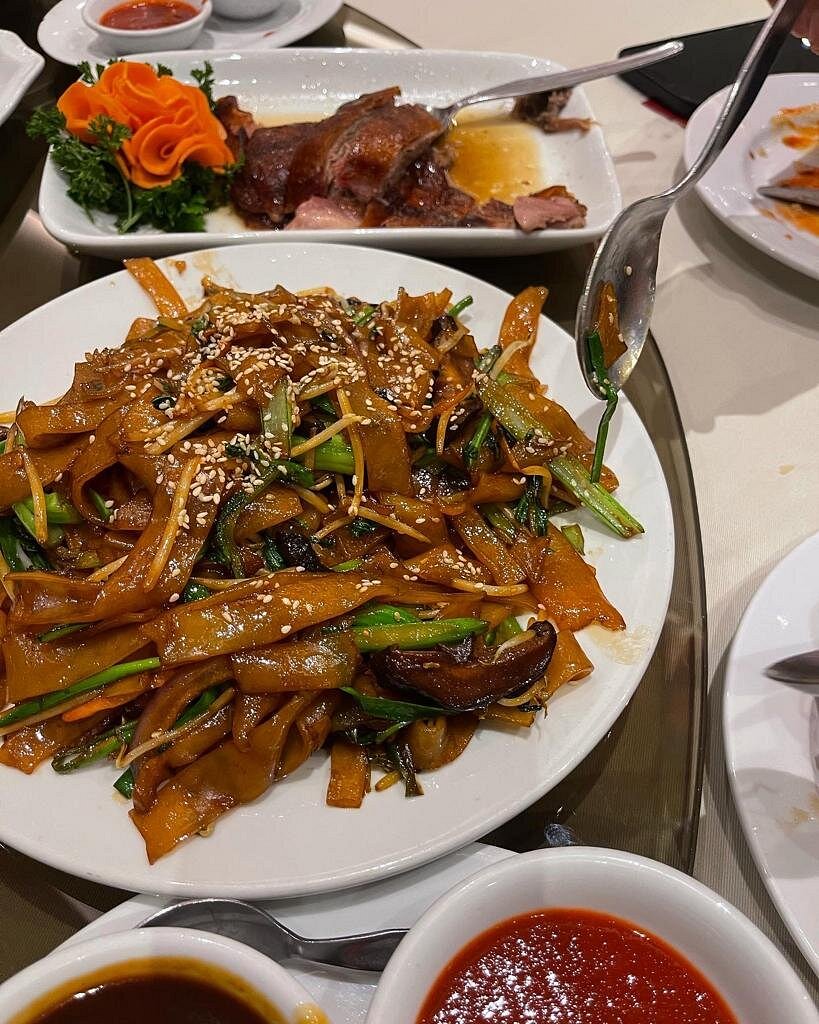
The culinary style of Peru once again received another interesting twist when we had the Chinese and the Japanese immigrants in the 19th century. This mixture of Asian spices and traditional Peruvian ones brought the new style of cuisine called Chifa which is a fantastic mix of Chinese and Peruvian food. Chifa restaurants Actually a couple of places in Peru now serve a local version of fried rice called Arroz Chaufa which contains large amounts of aji pepper as well as spices with regional flavours.
The Chifa Phenomenon
The adaptation of the Chinese immigrants in Peruvian society was successful and Chifa food became a culture in Peru. These eateries provide a variety of food that provides the amalgamation of Chinese methods with Peruvian flavors so that they are exceptionally delicious. Chifa has been so popular because it signifies cultural coexistence in Peru.
Nikkei Cuisine: A Japanese Influence
Japanese immigrants took with them their cuisine, which is why it turned into Nikkei food, the combination of Japanese and Peruvian cuisine. Such dishes as Ceviche represent the simplicity and freshness of ingredients and have a touch using lime juice like the Japanese sashimi influence. Nikkei food has caught the attention of the gastronomic world, demonstrating that the Peruvian food industry possesses creativity.
A Global Culinary Hub
The combination between the Asian and Peruvian cuisine underlines the fact that Peru has become a culinary supercenter. This merger of methods and flavours all over the world has given rise to an active food culture that is still processing. This receptiveness to food flavors is a feature that makes Peruvian food a sign of attraction to food acolytes all over the world.
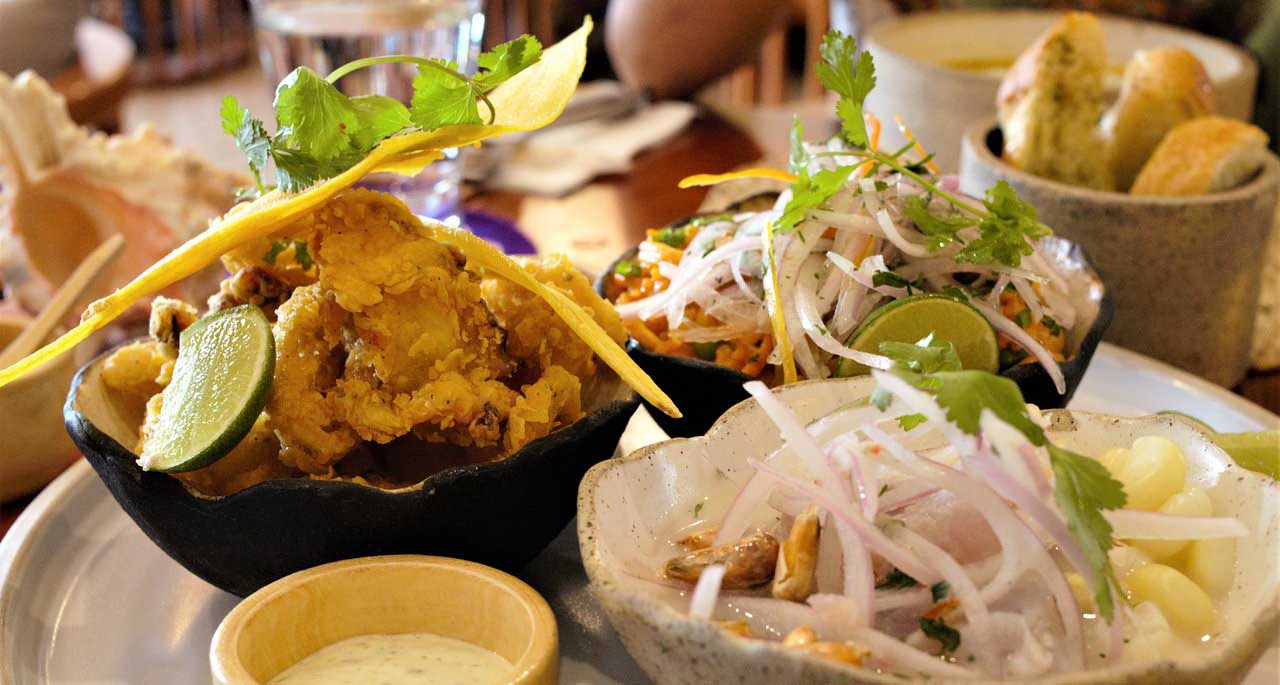
The Best of Peruvian Street Food
Street food has to be tried by people who want to enjoy the authentic taste of Peru. In Lima and Cusco, one can find endless food items offered by street-side vendors. Marinated beef heart carved into skewers is a popular meat dish, (the so-called anticuchos). These meat-on-a-stick are usually served with spicy dipping sauce which contains aji peppers. The Sacred Valley is also the center of Cusco’s best cuisine.
Exploring the Streets
Peruvian Street food is a live view of the culture of the individuals. The animated markets and street corners have sellers on every corner selling snacks and various dishes. Tasting some of these products is an experience meant to be able to sense the spirit of Peruvian culture.
Iconic Street Eats
There is as much variety in Peruvian street food as in its terrain. The list does not end with the "Anticuchos" and the "Empanadas". Canchitas which are roasted cornett with a pinch of salt or Churros that are fried pastries made of bread with sifted sugar on it. Bite by bite, a story is presented of heritage and creativity, of the influences of a multitude of sources that inspired Peruvian cuisine.
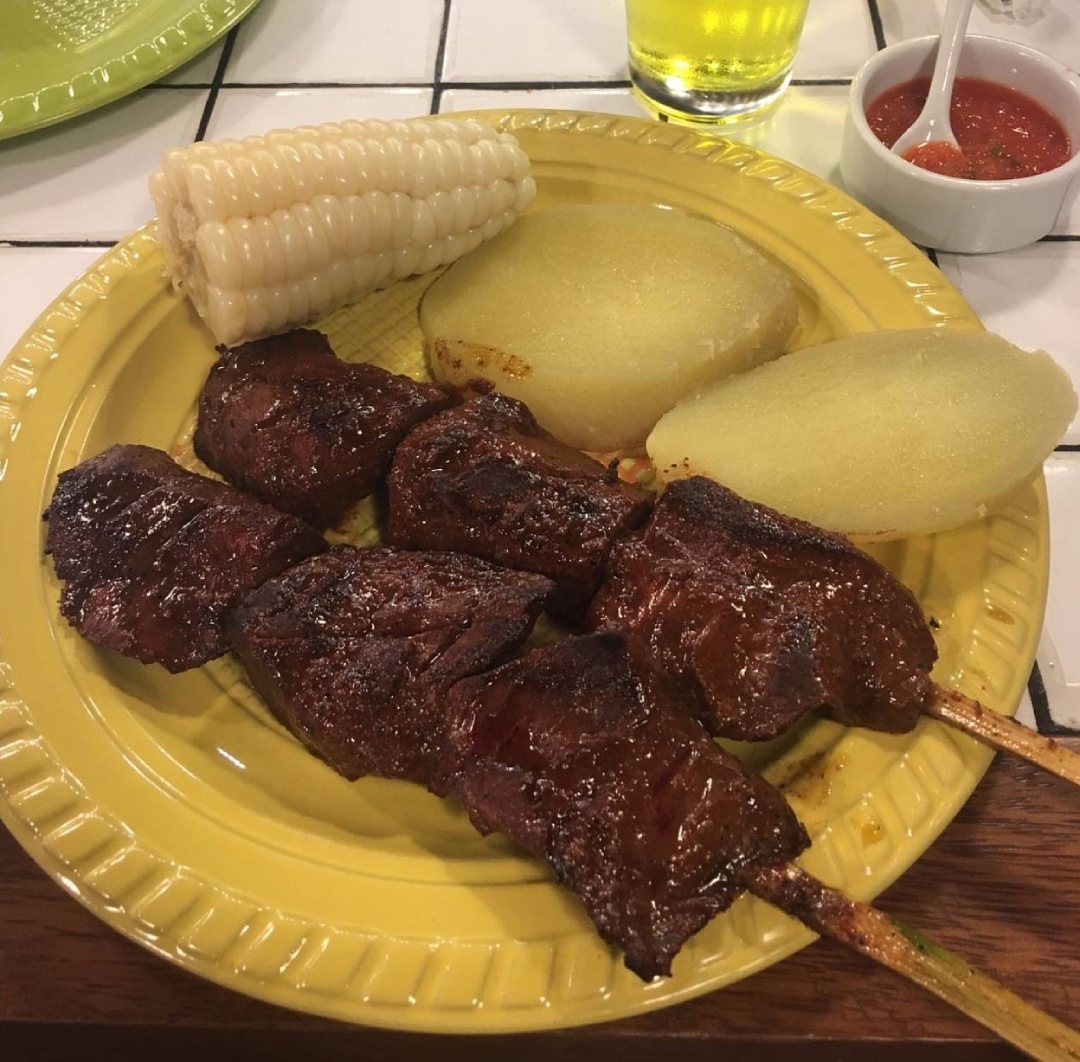
A Culinary Adventure
A street food experience in Peru is a food adventure on a different level. The smells and tastes that are found in the streets are a teasing exposure to the rich food culture of the country. As an old time foodie or a wandering tourist, taking the opportunity to explore Peruvian street foods is a pleasure you must take.
Vegetarian Delights
Peruvian food is not only meant to suit the meat lovers. One may enjoy a great variety of vegetarian dishes. Causa is a delicious potato dish with layers of mashed potatoes, a favorite of vegetarians. It includes mashed yellow potatoes sprinkled with lime, aji pepper, and oil, and is most often stacked with avocado and is served cold. Another potato recipe, the cream-based papa a la Huancaina is covered in spicy cheese sauce with a touch of aji amarillo.
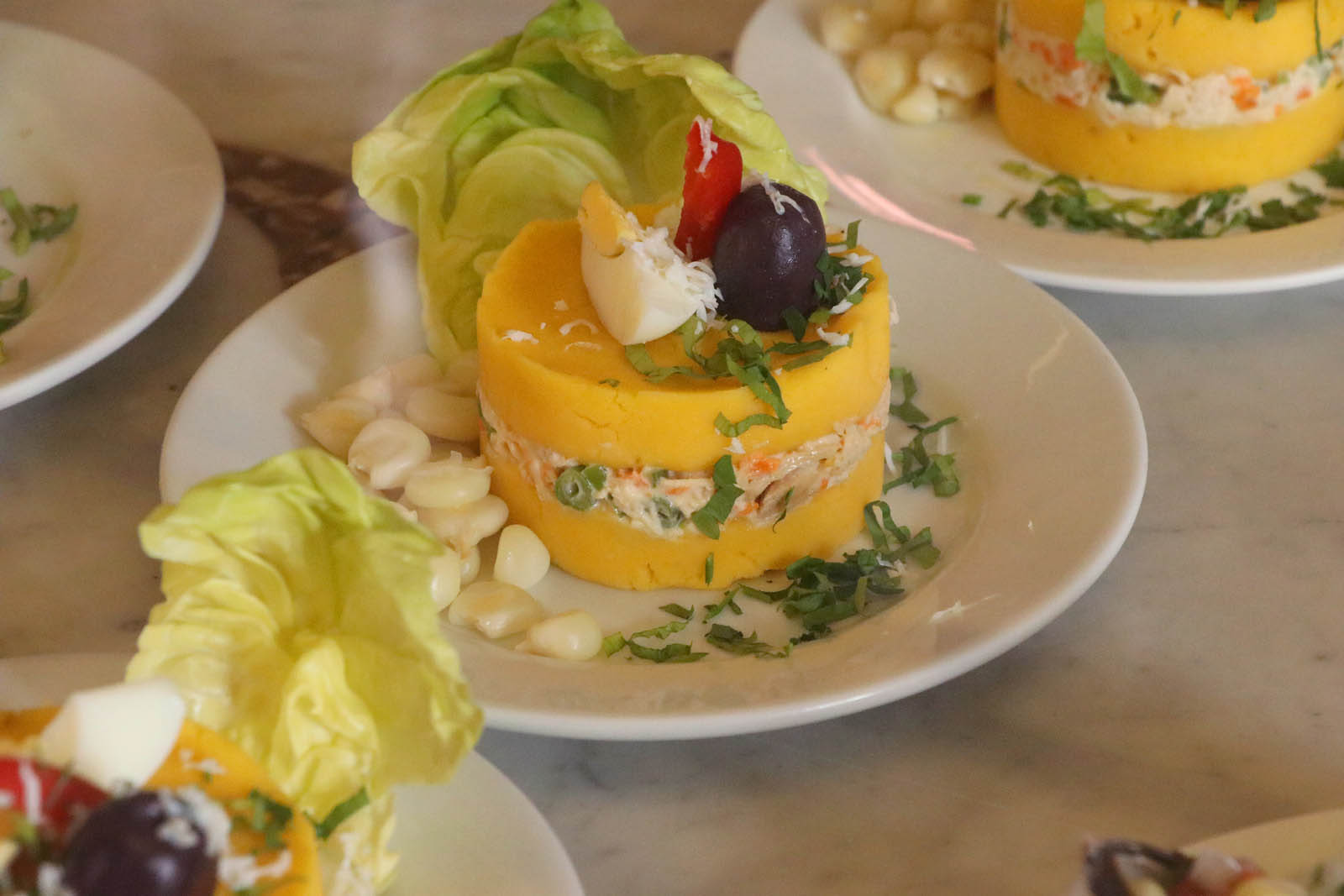
Plant-Based Tradition
One of the main components of the Peruvian cultural culinary dishes has always been vegetarian. Vegetarian food can be found in the area because of the availability of vegetables, grains, legumes, through which the delicious vegetarian recipes have been developed. The foods feature the original taste of local foods and are wholesome and fulfilling with a delicious taste.
Diverse Flavors
Peruvian veggie food is like a feast of tastes and touches. An exuberant example of the typical flavors of Peruvian cuisine, solterito, a refreshing salad prepared of fava beans, corn, tomatoes, and queso fresco, combine the original taste of lime and olive oil dressing. Vegetarian foods are usually a combination of spices and fresh herbs, and hence taste very good to the senses.
Innovation in Vegetarian Cuisine
Peruvian chefs are experimenting with vegetarian food as the world becomes interested in plant-based cuisine. Their innovative ways of vegetarian foods make the available vegetarian food exciting by the combination of the old ingredients with new methods of production. Such evolution in the cuisine maintains Peruvian food as contemporary and attractive to the audiences.
Peruvian Desserts: A Sweet Finale
Culinary adventure cannot be considered complete without having tried some of the delicious Peruvian desserts. The most popular dish is the deep-fried sweet potato and squash picarones dipped in a chancaca (raw sugar) syrup which is also popular in festivals and fairs.
Traditional Sweets
The Peruvian desserts are an indication of the different cultural influences that the country has. A favorite dessert is "Alfajores", a dough made of cookies with dulce de leche inside and sprinkled with powdered sugar. These desserts have a tendency of using indigenous ingredients such as lucuma and purple corn giving them a different mouthwatering taste.
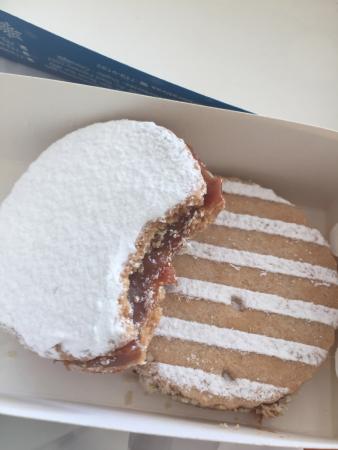
Celebratory Treats
Peruvian desserts are something that people like to have during parties and various festivals to sweeten the spirit of the occasion. Mazamorra Morada is a favorite: it is a purple corn pudding, and the Arroz con Leche, a creamy rice pudding, is my favorite. These cookies make people come together creating community and happiness.
A Taste of Tradition
A bite into the Peruvian desserts draws itself into a bite of tradition and history. Every candy piece has a tale of cultural fusion and flavorsome imagination. Being savored in a central cafe or in a hectic local market, the Peruvian desserts have a sweet finish to an odyssey of every meal.
Exploring Peruvian Cuisine: Practical Tips
If you're planning a trip to South America and especially Peru, diving into the local cuisine is a must. Here are some tips to help you make the most of your culinary journey:
Finding the Best Meals
- Local Markets: Start your exploration at local markets where you can sample fresh produce and traditional dishes. Markets like San Pedro in Cusco offer a true taste of local life. Restaurants and cafes are also points of delicious cuisine.
- Chifa Restaurants: Don't miss the opportunity to dine at a Chifa restaurant. The fusion of flavors is a unique experience that showcases the harmony between Asian and Peruvian cuisines.
- Street Food: Be adventurous and try street food. It's an affordable way to sample a variety of dishes. Look for stalls with long lines, a sign of quality and popularity.
Understanding Cultural Nuances
- Etiquette: In Peru, one is supposed to tell people a simple buen provecho (enjoy your meal) before eating. It is a simple thing which is characteristic of Peruvian culture in terms of its warmth and hospitality.
- Spices: Peruvian dishes may be quite spicy using chili peppers “aji amarillo” and red onions and so, in case you dislike piquancy, order mild dishes or something with sauces outside.
Sourcing Ingredients
- Local Ingredients: In case you desire to cook your Peruvian delights in your own kitchen, you can seek specialised shops selling special ingredients such as aji pepper, quinoa, and Peruvian corn. These staples are also available at many online retail shops.
- Cooking Classes: You might want to consider joining a cooking course and learning the real methods of cooking. Market tours are available in many classes, and they give an idea of how ingredients are chosen and how different cultures may play a role.
Taste the History: How Culture Shapes Every Peruvian Dish
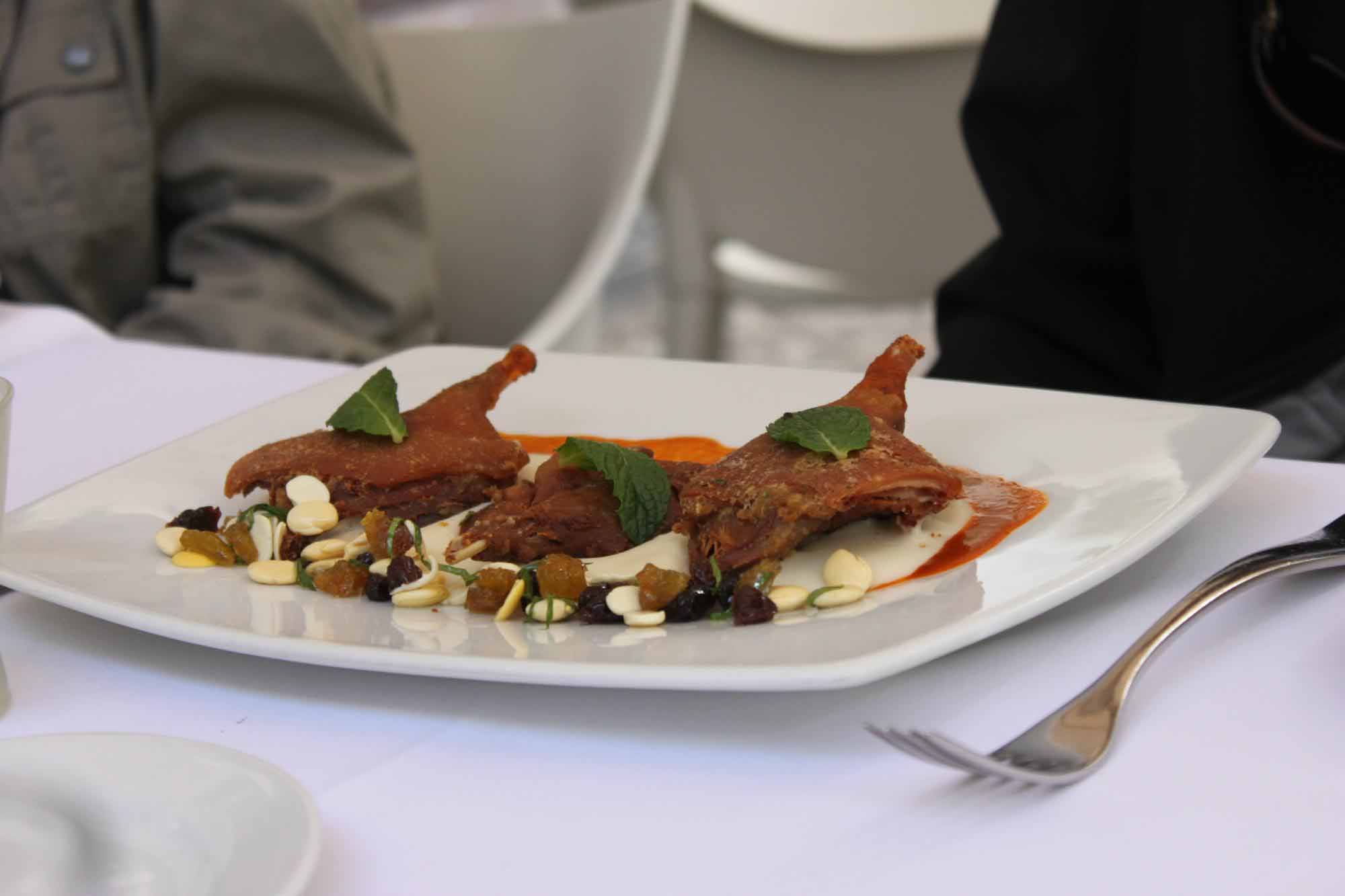
Peruvian food is a trade mark of rich culture and gastronomical creativity. The diversity of its flavors, the influences found in its past all speak to the forces of history and the strength of the people here in this nation. You could be just eating a traditional meal in one of the market streets or experiencing a fusion dish in a Chifa restaurant, but in any way you embrace it, enjoying a Peru gastronomic tour is a taste journey.
Start your journey of culinary discovery and believe that every dish will be the evidence of the exceptional mixture of ethnicities that make Peru a culinary heaven. Whether it is time passed favorites to modern masquerades, the imprint of culture on Peruvian food has yet to be told and the only way to tell is to taste. Peru helps you discover a world of taste and history by its flourishing and varied food culture.
Check Our Suggested Tours:
- Family Adventure Tour
- From the Heart of the Jungle to the Sacred Mountain: A Luxury Expedition Through the Amazon & Ausangate 16d/15n
- Honeymoon In Peru - Peru Honeymoon Packages
- Following the Path to the Sacred Sun Gate
- The Soul of Two Worlds: A Grand Amazon & Andes Expedition 14d/13n
- Peru By Belmond Tour

